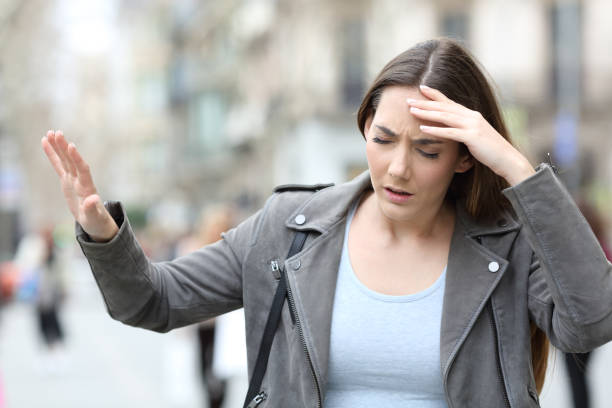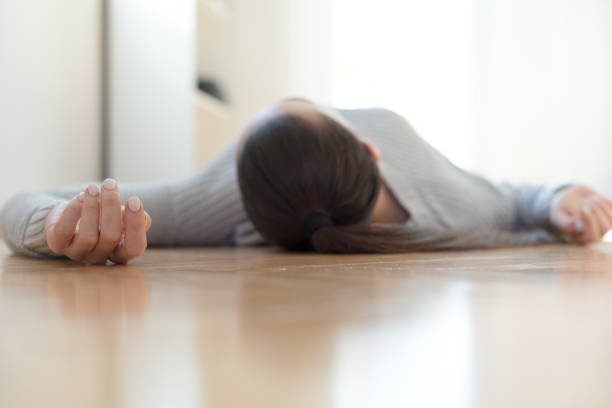Hyperventilation is a condition where an individual breathes faster and deeper than what is required by the body. This excessive breathing causes an imbalance in the levels of oxygen and carbon dioxide in the body, leading to various symptoms. Hyperventilation can be caused by various factors such as stress, anxiety, and physical exertion.
The following are the most common symptoms of hyperventilation:
Shortness of breath: This is the most obvious symptom of hyperventilation. The individual may feel like they are not getting enough air and may have to take deep breaths frequently.
Chest pain: The individual may experience pain or discomfort in the chest, which is often mistaken for a heart attack.
Lightheadedness or dizziness: Hyperventilation can cause a decrease in the amount of carbon dioxide in the body, leading to dizziness and lightheadedness.
Rapid heartbeat: An increase in breathing rate leads to an increase in heart rate, which can be felt as a rapid heartbeat.
Tingling sensations: Hyperventilation can cause a decrease in carbon dioxide levels, leading to tingling sensations in the fingertips, lips, and face.
Muscle spasms: Excessive breathing can cause muscle spasms, especially in the hands and feet.
Numbness: The individual may experience numbness in the fingers and toes, which can be accompanied by tingling sensations.
Panic attacks: Hyperventilation is often associated with panic attacks, which can cause a feeling of impending doom.
The following are some of the most effective treatments for hyperventilation:
Controlled breathing: One of the simplest ways to treat hyperventilation is to slow down the breathing rate. This can be done by taking slow, deep breaths, and then exhaling slowly.
Relaxation techniques: Hyperventilation is often associated with stress and anxiety, and relaxation techniques such as yoga, meditation, and deep breathing exercises can help reduce symptoms.
Medications: Anti-anxiety medications can be used to treat hyperventilation, but it is important to talk to a doctor before starting any medication.
Therapy: Cognitive-behavioral therapy (CBT) can help individuals manage their anxiety and stress, which are often the underlying causes of hyperventilation.
Physical therapy: In some cases, hyperventilation may be due to a physical condition, such as asthma or bronchitis. Physical therapy can help improve the individual’s breathing patterns and reduce symptoms.
In conclusion, hyperventilation is a common condition characterized by excessive breathing, leading to an imbalance in the levels of oxygen and carbon dioxide in the body. The symptoms of hyperventilation include shortness of breath, chest pain, lightheadedness, rapid heartbeat, tingling sensations, muscle spasms, numbness, and panic attacks. The treatment for hyperventilation includes controlled breathing, relaxation techniques, medications, therapy, and physical therapy. It is important to seek medical help if the symptoms of hyperventilation persist or worsen.

 Home
Home Health
Health Diet & Nutrition
Diet & Nutrition Living Well
Living Well More
More












